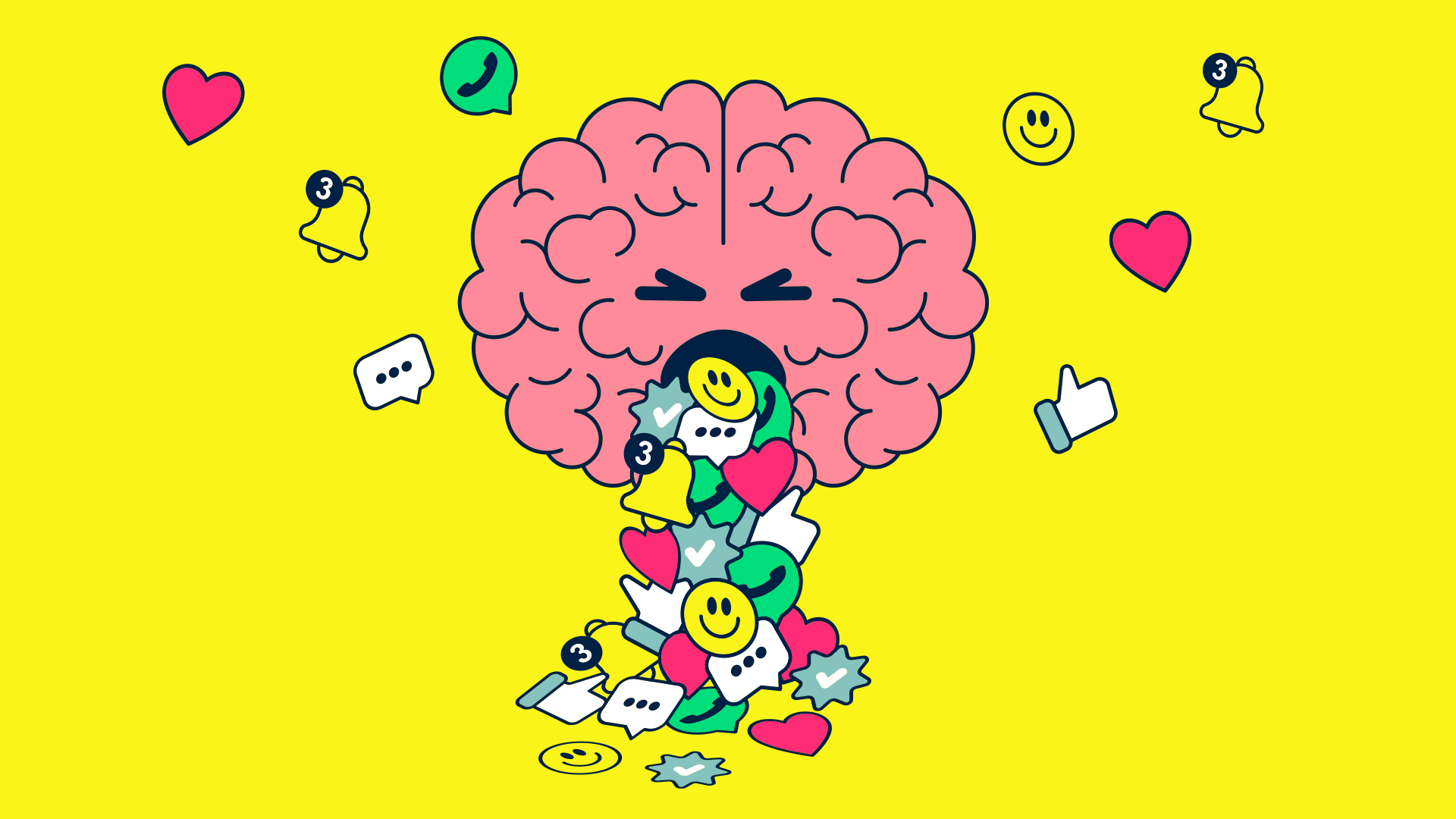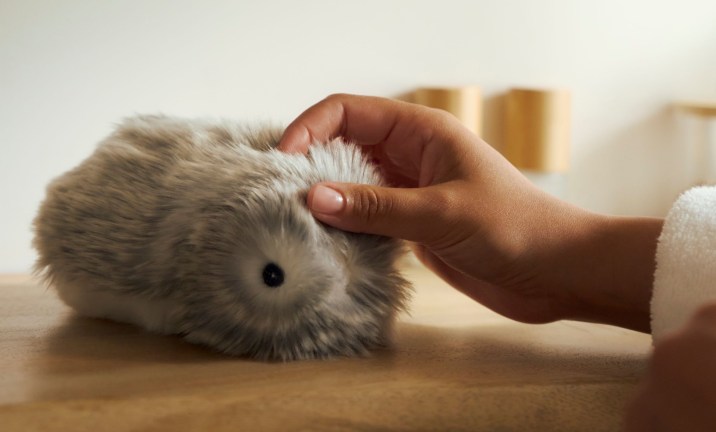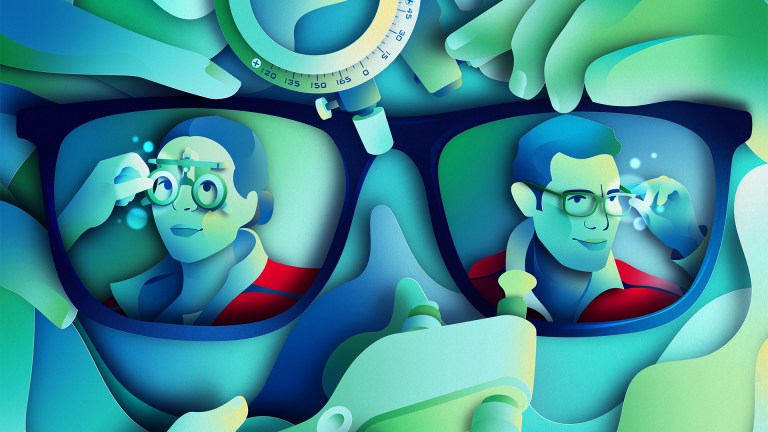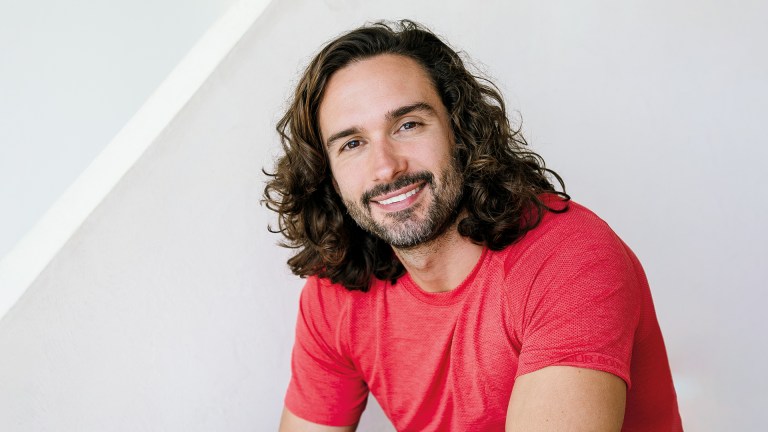And it is a shared experience. “I was spending eight or nine hours on TikTok every day,” a 19-year-old who wants to remain anonymous told me. “I had to make a change and ironically a TikTok video helped me do it. A girl was talking about brain rot and I realised, ‘Oh god, I have that!’ I’ve cut down my screen time but I still scroll. I skip nonsense content and watch things that actually better my life: mini documentaries, video essays… there is good stuff out there.”
Dr Britto says this “cultural shift” towards consuming productive content is something that she’s witnessed a lot recently.
“Platforms are saturated with content promoting healthy digital habits and it reflects an incremental shift toward intentionality in the digital world.”
She adds that the rise of educational content such as explainer videos, professional tutorials, and news breakdowns shows how social media can be used for good. “It’s a tool, and like any tool, its impact depends on how we wield it.”
A great example of social media becoming a healthier place is Headspace. If curating a healthier social media feed, you’ll likely come across their content sharing mindfulness and meditation tools to help with stress, sleep and resilience.
“People ask if technology and mindfulness are oxymoronic,” Dr Sophie Mort, a mental health expert at Headspace says. “The reality is that having our content available on technology makes it easier for people to access our resources at any time. In fact, mindfulness can improve our relationship with technology by making us more aware of the implications it’s having on us.”
The experts both agree that younger, tech-savvy generations are more aware of those effects, but they don’t make up the majority of social media users. According to Statista data, 46% of users in the UK are aged between 30 to 49 years, with 31% between 50 and 64.
Dr Mort says: “Older generations may be less attuned to cultural narratives about the dangers of technology. Many engage with tech more passively, but might lack the digital literacy to recognise manipulative algorithms or overuse. Their vulnerabilities to brain rot might manifest differently, such as falling for misinformation or developing unintentional habits.”
No matter your age, the tips for avoiding brain rot are the same, Dr Britto says:
• Schedule ‘no-tech’ hours to re-connect with the real world.
• Approach social media with a goal. Are you there to learn something, connect with friends, or scroll? Being intentional helps reduce mindless consumption.
• Replacing screen time with hobbies, exercise, or face-to-face interactions can counterbalance the effects of digital overload.
Dr Mort recommends the STOP technique. “S: Stop whatever you’re doing. T: Take a breath to activate your parasympathetic nervous system, which calms the body. O: Observe your emotions, whether it’s boredom, anxiety, or frustration, without judgment. P: Proceed by making a conscious choice – do you truly want to pick up your phone or device, or is there something else you’d rather do?”
Do you have a story to tell or opinions to share about this? Get in touch and tell us more. Big Issue exists to give homeless and marginalised people the opportunity to earn an income. To support our work buy a copy of the magazine or get the app from the App Store or Google Play.





